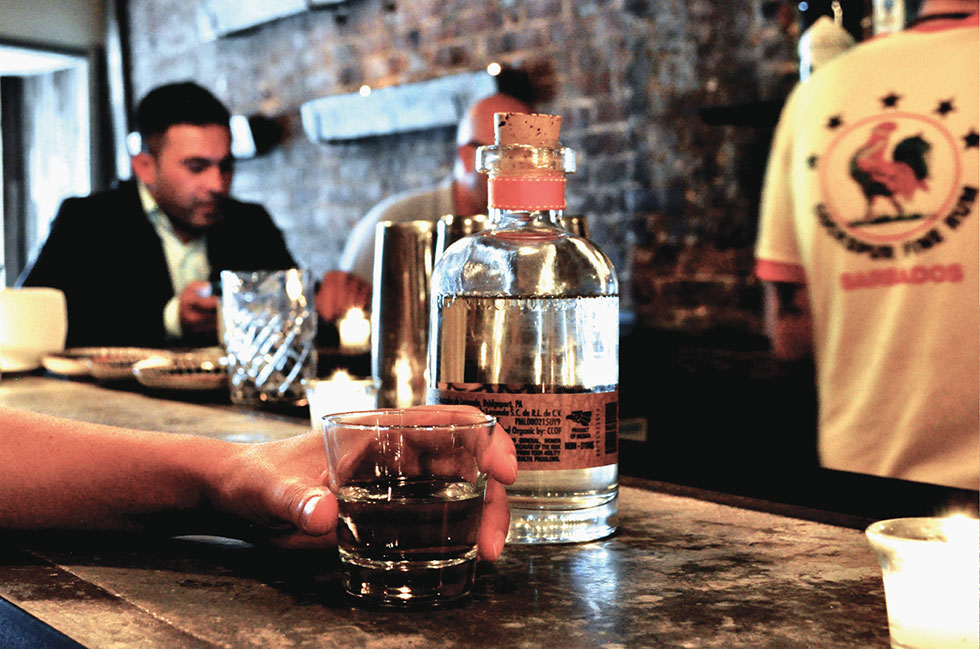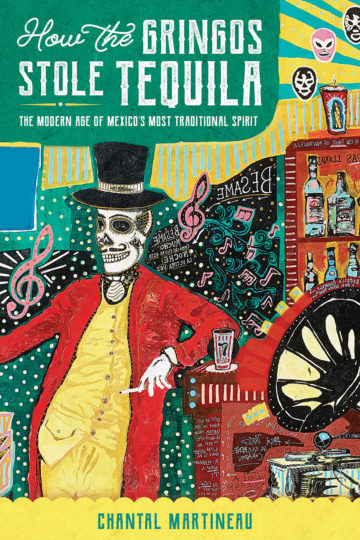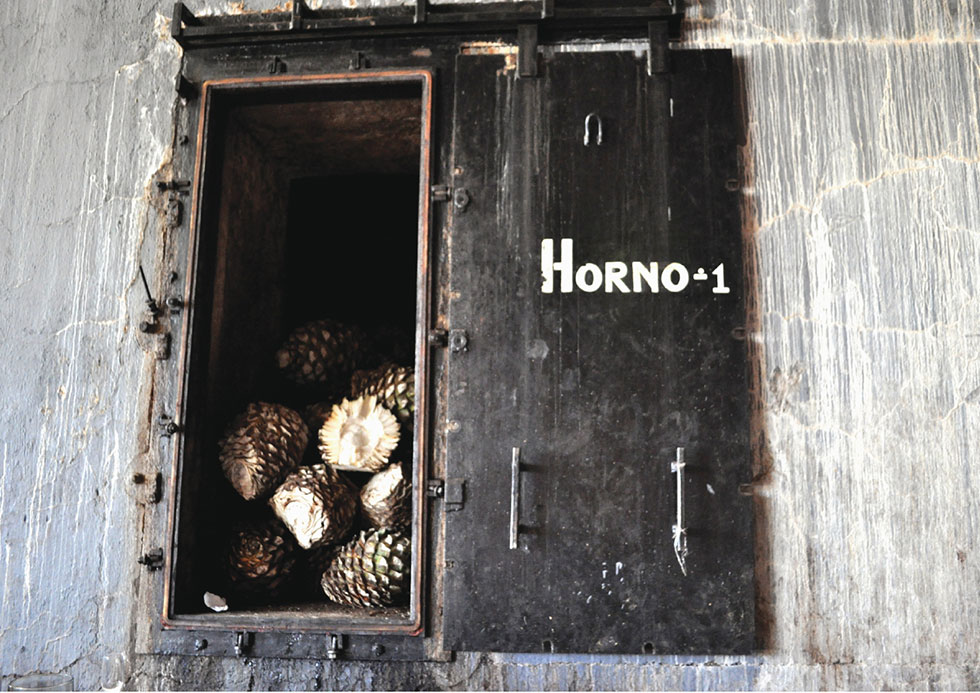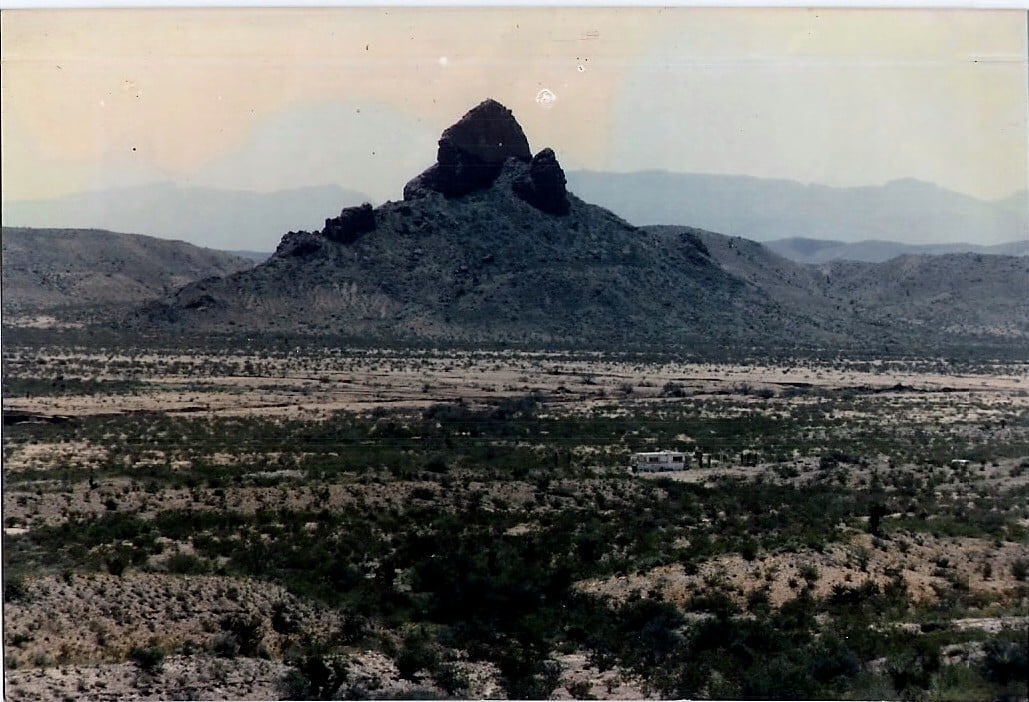
‘How the Gringos Stole Tequila’ Tells the Complex Story of Mexico’s Favorite Spirit
Amid corporate buyouts, environmental threats, and cultural appropriation, can tequila keep its ties to the land?
Above: Martineau’s book is a deep dive into tequila production, but also an artfully written social history of the spirit and a primer of its impact on Mexico’s economy.
How the Gringos Stole Tequila is the sort of book title that speaks for itself.
“It was kind of tongue-in-cheek,” author and culinary travel writer Chantal Martineau recalls of suggesting the phrase to her publishers. “I’m actually shocked they kept it.”

By Chantal Martineau
Trinity University Press
$18.95; 240 pages
Buy the book here.
Martineau’s book, first published in 2015 and recently updated and reissued by Trinity University Press, answers the question its cheeky title implies, and many more. It’s a deep dive into tequila production, but also an artfully written social history of the spirit and a primer of its impact on Mexico’s economy. The book tackles the severe agave shortage currently challenging producers; investigates questions of sustainability and poor labor practices; and addresses the fact that numerous Mexican tequila companies, including Herradura and Sauza, have been bought out by American and European conglomerates. The booming demand for tequila and mezcal has even threatened bats that feed on agave nectar.
The Observer spoke with Martineau about the five years she spent intermittently “gallivanting about Mexico” to research the history of tequila, common misconceptions surrounding the infamous party drink, the appropriation versus appreciation debate, and how one comes to know a country through its food and drink.
Texas Observer: You take a very anthropological approach to your culinary journalism; there’s a distinct sense of place to your work. Reading How the Gringos Stole Tequila, it’s clear that Mexico is very dear to you. Can you talk about your history with the country and the cuisine?
Chantal Martineau: I started out as a wine writer. When it comes to wine, I’m drawn to wines that are very natural, farm-driven, and taste of their place. When I first had a real tequila tasting and started to glean the story behind it, I was surprised that a spirit could belong in that category of “place-based” cuisine—by most people’s logic, once you distill something, you’ve gotten rid of all of that. Getting into tequila is how my relationship with Mexico grew. I really started going there when I was researching the book.
So the interest in tequila came first, and becoming drawn to Mexico resulted from that?
For me, that’s how things go. I get to know places through the food and drink, because I write about food for a living, and that’s often how I get introduced to a place. You eat the local cuisine with people who’ve been making it for generations, and that’s how you start to feel like you understand a place.
You discuss how tequila production has become more industrialized and is increasingly dominated by foreign companies. Is “appropriated” how you would describe the current state of the industry?
I do think it’s a story of appropriation. Seven out of 10 liters of tequila produced are consumed outside of Mexico, and Americans account for 80 percent of that. A growing percentage of brands are owned by Americans and Europeans. I think that there’s been a move away from the original complaint of the book [in 2015], which was how tequila is consumed here: People shooting it with the lime and salt. Now the American influence is the cocktails. You can find bars in Mexico making great agave spirit cocktails, which are an American invention—perhaps the greatest! But that’s where the appropriation comes from. Appropriation, of course, has a negative connotation, but you can choose how to perceive what elements of that are negative.
There’s the whole debate of cultural appropriation versus cultural appreciation.
Exactly. Tequila is a small part of Mexican cuisine overall; there’s a much bigger discussion of appropriation to be had there. There’s the idea of Mexican food being seen as cheap street food, and not as the incredibly sophisticated, diverse cuisine that it is.

It’s been about five years since the original publication of your book. Do you keep up with the issues facing local tequila producers in Mexico?
I do still check in. The issue with the agave market being so volatile, undergoing shortages and gluts, that’s ongoing. With the climate the way it is, that will exacerbate the issue, and I wonder whether that cycle will continue as it has in the past.
What’s new in the updated book?
The tasting guide at the end had to be updated because of the agave shortage. Many brands that were new at the time no longer exist, and others outgrew the distillery they were producing in and had to find a new one, which can change the flavor profile of the tequila.
To round out our interview, could you talk about a quintessential tequila experience?
When you take a tour of tequila country and the distilleries, it’s very performative and theatrical. You might see a jimador [tequila farmer] dressed up in a costume, but it’s rare to actually see real people working in the fields. So the coolest experience I had was getting to watch the jimadores hard at work, and then when it came time for lunch, seeing everyone take out their tortillas and leftover dinners from the night before and crowding around a fire to warm it up. That was nice.
This interview has been edited for length and clarity.
Read more from the Observer:
-
The Supreme Court Taking Up Louisiana’s Abortion Case ‘Flies in the Face of Precedent’: “We can’t just pretend it’s a legal game; it’s people’s lives that we’re talking about, and access to really fundamental health care.”
-
What Does Our Fascination with True Crime Say About Us?: Rachel Monroe’s Savage Appetites asks why true-crime stories are so popular, even while they risk exploitation.
-
Attacked in Mexico, Returned to Mexico: Trump Policy Ignores Danger to Asylum-Seekers: The Migrant Protection Protocols are failing to protect migrants from imminent kidnapping and violence.


